Demand for Cross-Platform Solutions
The demand for cross-platform solutions is a significant driver in the Multi-experience Development Platform Market. Organizations are increasingly looking for ways to deliver consistent user experiences across various devices and platforms. This trend is reflected in the market data, which indicates that over 60% of businesses prioritize cross-platform compatibility when selecting development tools. As users expect seamless interactions whether on mobile, web, or desktop, the ability to create applications that function uniformly across different environments is crucial. This demand is pushing developers to adopt multi-experience platforms that facilitate the creation of versatile applications, thereby enhancing user satisfaction and engagement.
Integration of Artificial Intelligence
The integration of artificial intelligence (AI) into the Multi-experience Development Platform Market is transforming how applications are developed and deployed. AI technologies enable developers to create more intuitive and responsive applications that can learn from user interactions. This trend is evidenced by the increasing adoption of AI-driven tools, which are projected to grow at a compound annual growth rate of over 30% in the coming years. As organizations seek to enhance user engagement and streamline development processes, the demand for AI capabilities within multi-experience platforms is likely to rise. This integration not only improves the functionality of applications but also allows for personalized user experiences, which are becoming essential in today's competitive landscape.
Growing Emphasis on User-Centric Design
The growing emphasis on user-centric design is reshaping the Multi-experience Development Platform Market. Companies are increasingly recognizing the importance of designing applications that prioritize user needs and preferences. This shift is supported by Market Research Future indicating that user-centric applications can lead to a 20% increase in user retention rates. As organizations strive to create more engaging and effective applications, the focus on user experience is becoming paramount. Multi-experience development platforms that offer tools for user testing, feedback integration, and iterative design processes are likely to see heightened demand. This trend underscores the necessity for developers to adopt a user-first approach in their application development strategies.
Rise of Remote Work and Collaboration Tools
The rise of remote work has significantly influenced the Multi-experience Development Platform Market. As organizations adapt to new work environments, there is an increasing need for collaboration tools that facilitate communication and productivity among remote teams. Market data suggests that the demand for collaboration software has surged, with a projected growth rate of 25% over the next few years. Multi-experience development platforms that support the creation of collaborative applications are well-positioned to capitalize on this trend. By enabling seamless interactions and integrations across various devices, these platforms are essential for organizations aiming to maintain efficiency and connectivity in a remote work setting.
Increased Investment in Digital Transformation
Increased investment in digital transformation initiatives is a key driver in the Multi-experience Development Platform Market. Organizations are allocating substantial resources to modernize their technology stacks and enhance their digital capabilities. Recent data indicates that companies are expected to invest over 1 trillion dollars in digital transformation by 2025. This investment is fueling the demand for multi-experience development platforms that can support the creation of innovative applications tailored to evolving business needs. As organizations seek to leverage technology to improve operational efficiency and customer engagement, the role of multi-experience platforms becomes increasingly critical in their digital strategies.


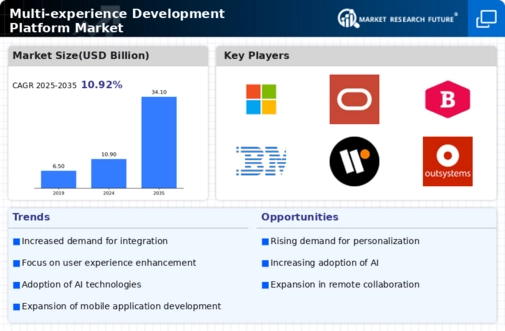
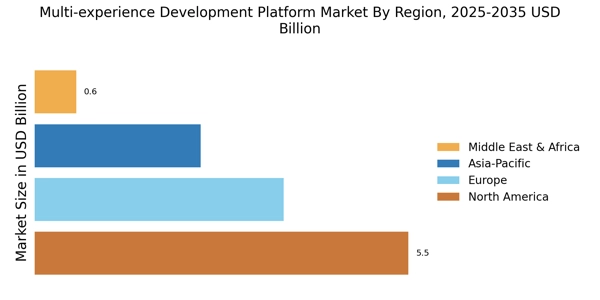
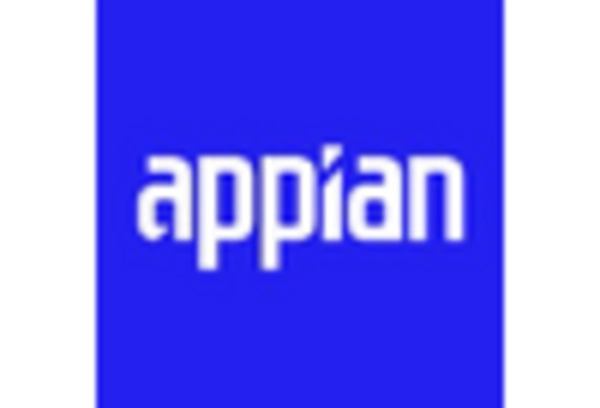
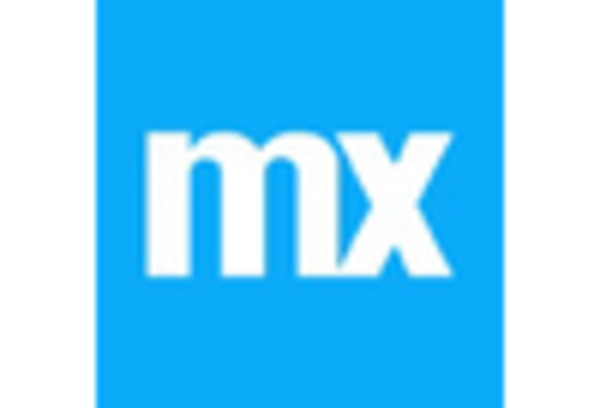

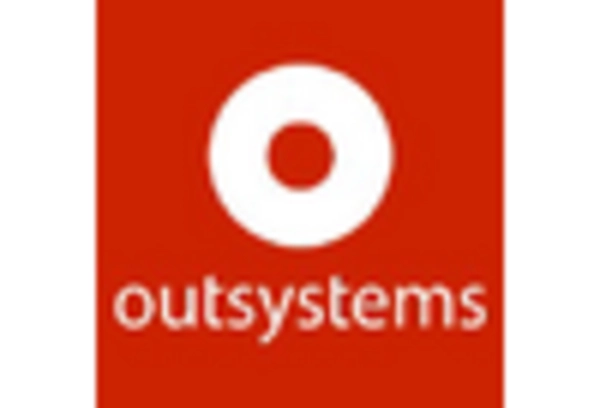










Leave a Comment